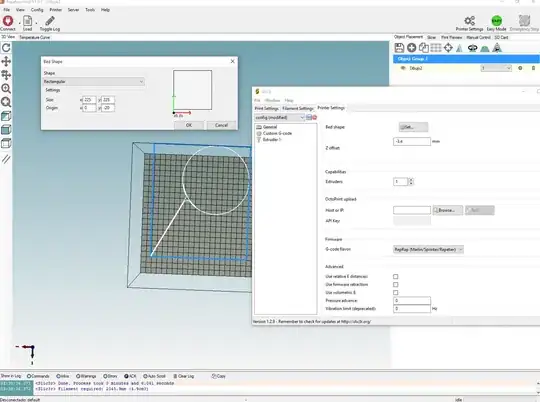It depends
You will get a metal printed part. Typically, the process to create these is either laser sintering or laser smelting. In both applications, the powder is heated by a laser in a very small area, and by the application of heat forms a little half-sphere of connected material. By moving the work zone of the laser, the object is created in layers.
As a direct result of slight inhomogeneities in heating behavior due to particle size, the surface will have certain irregularities and a certain roughness. For example, the Manifold shown by 3dspro on their website shows this section, followed by a paragraph I will quote:

Additionally, SLM may produce parts with residual stresses and distortion in the final part, which can affect its mechanical properties and dimensional accuracy. This can be mitigated by carefully selecting process parameters and performing post-processing operations such as stress relieving or machining. SLM may also produce parts with a rough surface finish that requires additional post-processing to achieve the desired surface quality.
Depending on the tolerances you planned for and the required air tightness, you may or may not require post-processing. If you are in doubt, contact your print shop, and if you determine that you need post-processing, make sure to have extra material in the affected areas. SLM prints can be machined if you remember that your print contains possible stresses. As such, turning or milling the surfaces for the O-rings should be possible, if you are careful.
